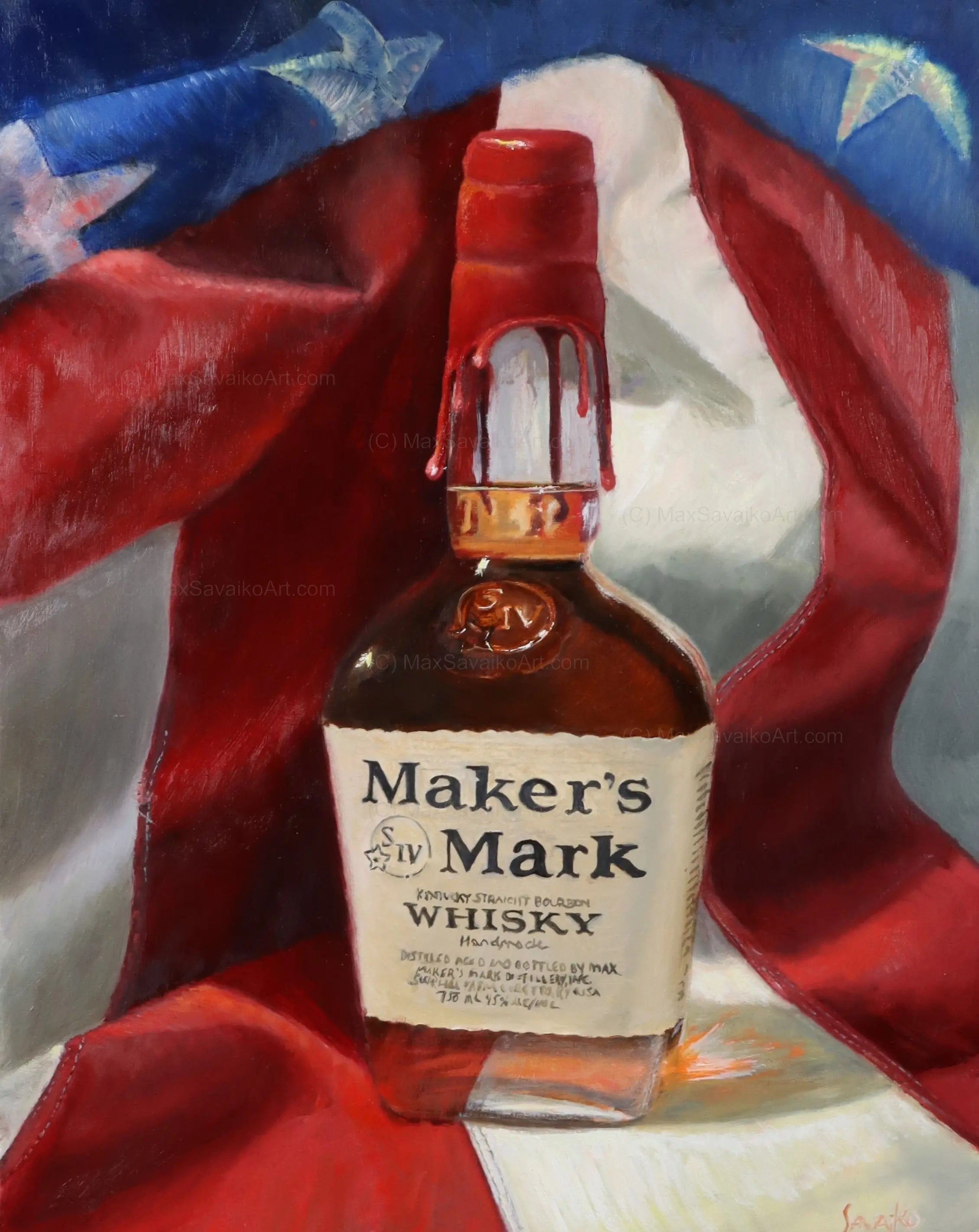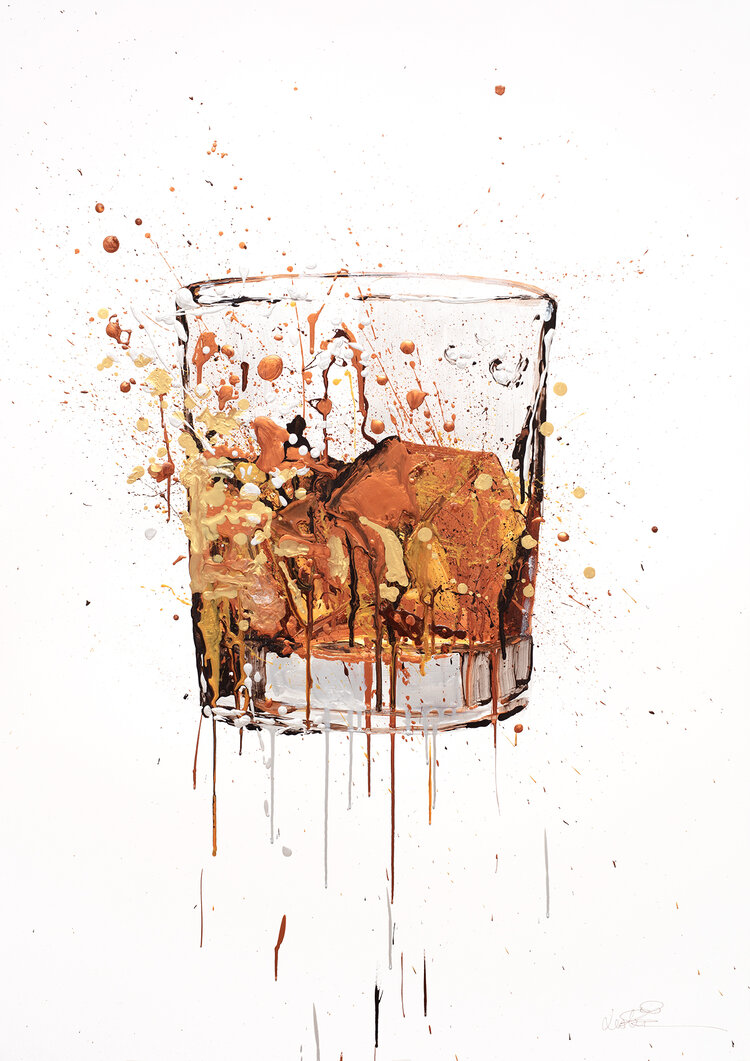Whiskey Art as a Statement: Exactly How It Boosts Home Decoration
Whiskey Art as a Statement: Exactly How It Boosts Home Decoration
Blog Article
The Relevance of Whiskey Art in Celebrating Heritage and Craftsmanship in the Beverage Sector
The elaborate partnership in between whiskey art and the party of heritage and craftsmanship within the drink market can not be overstated. Via thoughtfully made bottles and tags, scotch brand names encapsulate their historic roots and the artisanal abilities that define their manufacturing methods.
The Historic Origins of Whiskey
At the heart of bourbon's appeal exists a rich tapestry of historic origins that trace back to old civilizations. The beginnings of bourbon can be linked to the purification practices of the Sumerians and Babylonians around 2000 BCE, where early kinds of fermented grain beverages began to arise. It was in the Center Ages that the art of distillation progressed dramatically, particularly in Ireland and Scotland, leading to the development of bourbon as we recognize it today.
The term "whiskey" itself stems from the Gaelic word "uisce beatha," suggesting "water of life." This expression underscores the cultural relevance of bourbon in Celtic cultures, where it was frequently connected with routines, parties, and public bonding. By the 15th century, distillation became an acknowledged craft within monastic neighborhoods, leading the means for the facility of lawful distilleries.
As profession courses expanded, bourbon's popularity grew, transcending regional boundaries and capturing the interest of connoisseurs worldwide. Whiskey Art. This historical journey shows not only the craftsmanship behind whiskey production but also its essential role in social and cultural contexts, marking it as a considerable beverage throughout history
Artistic Expression in Branding
Whiskey branding stands as a compelling crossway of virtuosity and business, where aesthetic identification plays an essential role in shaping customer assumption. The aesthetics of whiskey tags, product packaging, and advertising materials reflect not just the brand name's story but also its core worths and heritage. With creative expression, distilleries convey a narrative that reverberates with consumers, evoking feelings and stimulating connections.
The usage of color, typography, and images in branding serves to distinguish items in a saturated market. For instance, typical concepts might stimulate a sense of credibility and craftsmanship, while modern-day designs can indicate advancement and forward-thinking. This calculated artistic instructions boosts brand acknowledgment and loyalty, enabling customers to forge an individual relationship with the scotch they pick.
Moreover, creative expression in branding often offers as a party of regional heritage. Distilleries often include local signs or historic referrals into their styles, developing a local color that invites customers to partake in a broader cultural experience. Eventually, the creativity behind scotch branding not only boosts aesthetic appeal but additionally enhances the total story of the brand name, fostering a deeper recognition for the workmanship and heritage ingrained in each container.
Workmanship in Container Design
The artistry apparent in scotch branding prolongs past aesthetic identification to include the workmanship associated with container layout. Each container works as a vessel not simply for the spirit within, yet additionally for the tale it outlines its beginning, practice, and top quality. The layout procedure needs careful visit this site interest to detail, as elements such as material, shape, and closure add substantially to the general understanding of the whiskey.
Workmanship in container style involves selecting high-quality glass that can boost the bourbon's color and clarity, while additionally giving a tactile experience for the consumer. The shape of the bottle should be both functional and cosmetically attractive, frequently reflecting the heritage of the brand name. Numerous distilleries opt for special shapes or printed logos that stimulate a sense of authenticity and background.
Furthermore, the tag style and typography play an essential duty in interacting the brand name's narrative. Limited Edition. A well-crafted container not only captivates the customer's eye however additionally enhances the brand's commitment to quality and custom. In this way, the workmanship of bottle style becomes a crucial aspect of the scotch experience, combining artistry with an extensive respect for heritage
Cultural Value of Scotch Art
Commemorating tradition and craftsmanship, the social significance of scotch art goes beyond mere appearances, intertwining with the historical and social narratives of the areas where it originates. Each bottle functions as a canvas, depicting the distinct tales, mythology, and traditions that have formed neighborhood whiskey-making practices. The elaborate layouts often reflect the heritage of the distillers, integrating icons and motifs that resonate with the culture and values of their neighborhoods.

Furthermore, whiskey art plays a crucial role in common celebrations and events, functioning as a tangible link in between people and their shared experiences. By appreciating the virtuosity in whiskey packaging, customers cultivate a deeper understanding and regard for the craft, inevitably enriching their pleasure of the drink itself.
Modern Trends in Whiskey Presentation
Recently, the presentation of whiskey has actually advanced to reflect contemporary preferences and fads while still honoring conventional workmanship - Realism Art. Distilleries are increasingly concentrating on visual components that enhance the overall drinking experience, connecting the void in between heritage Discover More and modernity
Innovative bottle designs have emerged, commonly including sustainable materials and artistic labels that tell compelling stories. Lots of brand names currently team up with neighborhood musicians, instilling their items with unique visual expressions that resonate with consumers. Additionally, limited-edition releases are frequently packaged in collectible containers, adding value and appeal for connoisseurs.

Conclusion
To conclude, scotch art offers as an important avenue for revealing the heritage and workmanship intrinsic in the drink market. With intricate branding, innovative container styles, and culturally significant creative elements, bourbon brand names effectively honor their customs and attach with consumers. This imaginative narrative not just elevates the recognition of whiskey but additionally strengthens community identity and satisfaction amongst manufacturers. Inevitably, whiskey art plays an important function in preserving and celebrating the rich cultural tapestry of whiskey-making.


Craftsmanship in bottle layout entails choosing premium glass that can enhance the whiskey's shade and clearness, while also providing a responsive experience for the consumer. In this way, the workmanship of bottle design comes to be a crucial element of the whiskey experience, combining creativity with a profound regard for heritage.
In conclusion, bourbon art offers as an important avenue for revealing the heritage and craftsmanship integral in the beverage sector.
Report this page